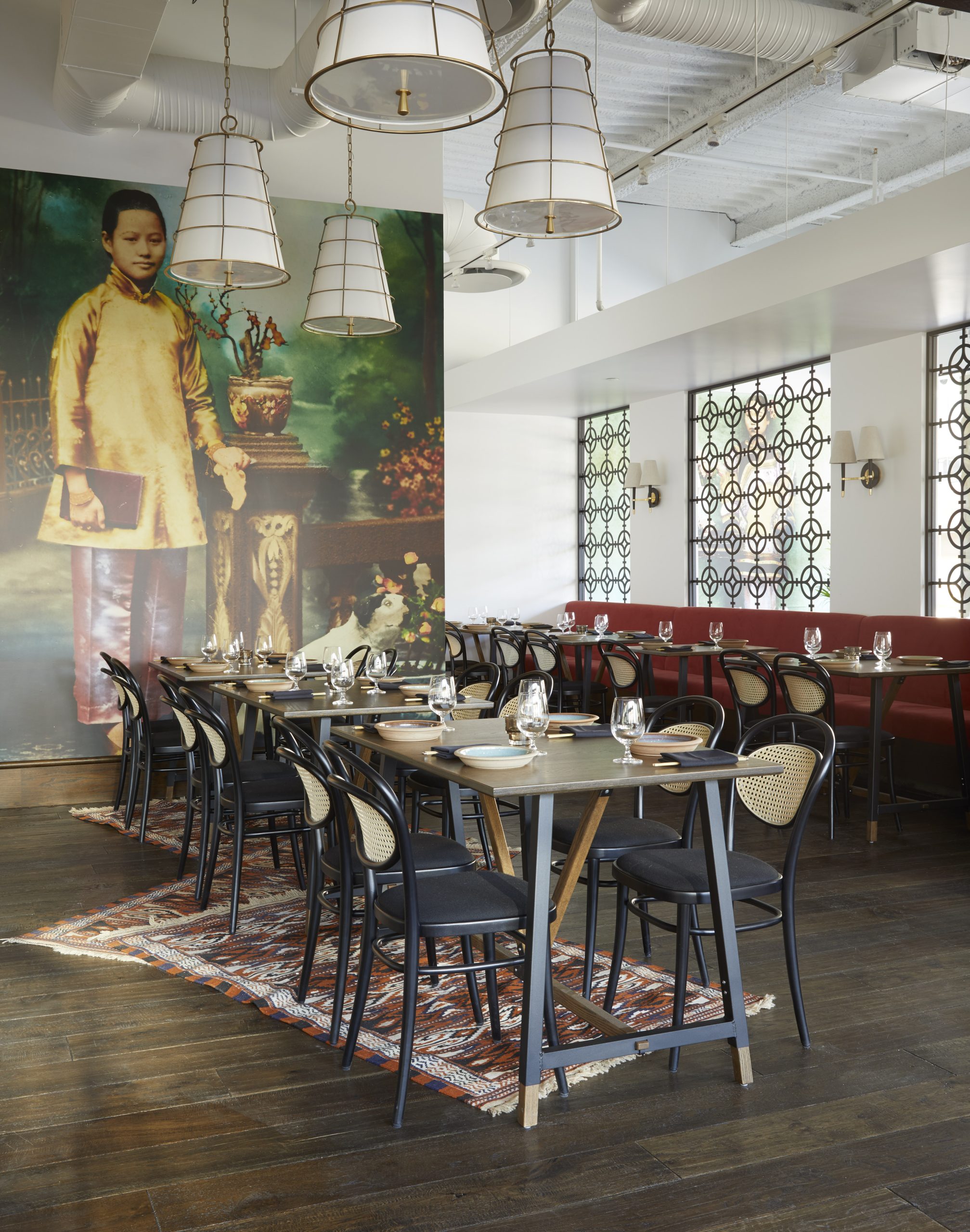
A Guide to Selecting Restaurant Furniture
The Impact of Furniture on Restaurant Ambiance
Selecting the right furniture for a restaurant is a critical aspect of creating an inviting and functional dining environment.
For interior designers and architects involved in outfitting commercial projects, making informed furniture choices can significantly impact the success of a restaurant. The right furniture not only enhances the aesthetics and ambience but also ensures comfort, durability, and practicality.
Creating the Perfect Atmosphere The right choice of restaurant furniture is pivotal in crafting an inviting atmosphere. The furniture sets the stage for your guests’ dining experience, playing a crucial role in defining the restaurant’s character and mood. From elegant dining chairs to cozy booths, each piece contributes to the overall ambience, making it a critical aspect of restaurant interior design.
Enhancing Customer Experience Furniture in a restaurant isn’t just about aesthetics; it’s about endurance and comfort. The best restaurant furniture withstands the daily wear and tear of a busy dining environment while offering comfort to your guests. This balance ensures a lasting, positive impression, encouraging repeat visits and word-of-mouth recommendations.
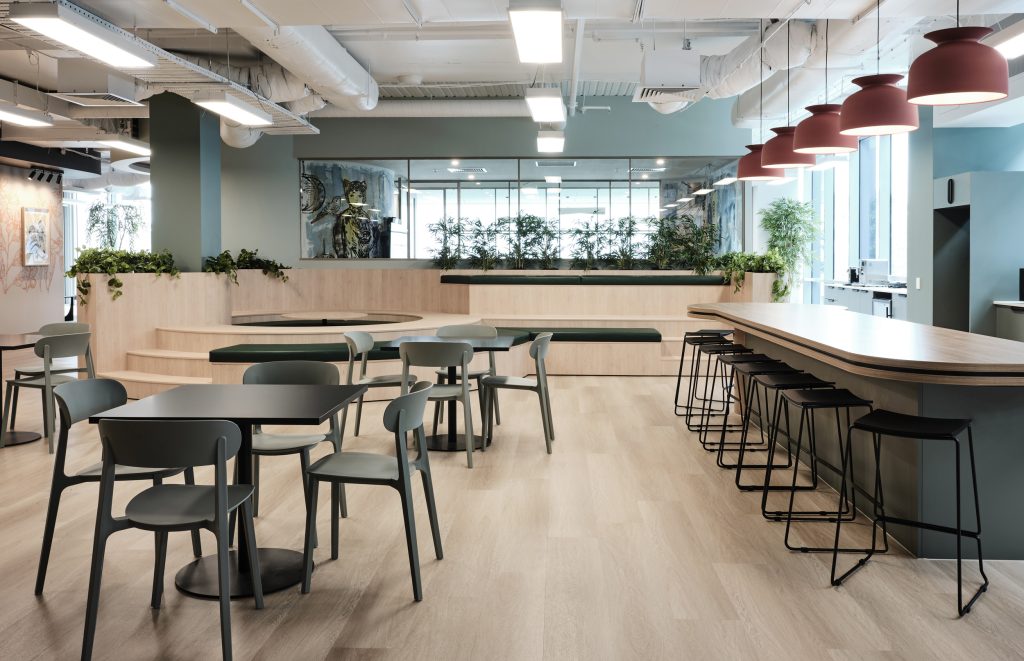
Harmonizing Furniture with Your Restaurant’s Theme
Aligning with Your Restaurant’s Identity The theme and decor of your restaurant project are its soul, and aligning your furniture with this identity is key. Whether your setting is a modern chic or rustic charm, selecting furniture that resonates with your theme enhances the overall dining experience. This congruence speaks to attention to detail and dedication to ambience.
Choosing the Right Pieces Selecting the right furniture for your hospitality project style involves careful consideration. Here are some tips:
- For modern settings, consider sleek lines and minimalist designs.
- Rustic-themed restaurants can benefit from natural wood and warm tones.
- Elegant dining spaces often call for sophisticated, classic furniture pieces.
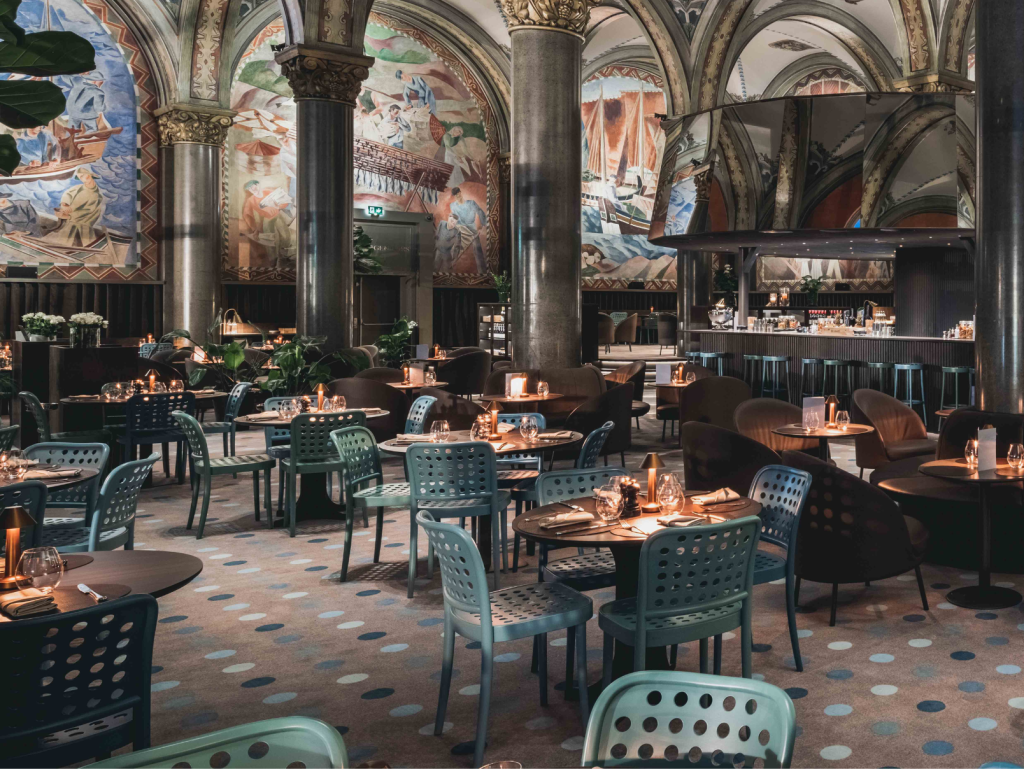
Durability: The Backbone of Restaurant Furniture
Enduring the Bustle of Dining Environments In the bustling atmosphere of a restaurant, durability isn’t just a preference; it’s a necessity. Furniture in high-traffic areas needs to withstand constant use and still maintain its integrity and appearance. Opting for robust materials and construction ensures your furniture stands the test of time.
Material Matters in Furniture Selection When selecting durable restaurant furniture, focus on quality materials:
- Solid wood pieces are not only sturdy but also add warmth to your decor.
- Metal frames offer longevity and can withstand heavy usage.
- High-quality upholstery resists wear and tear, remaining comfortable and visually appealing over time.
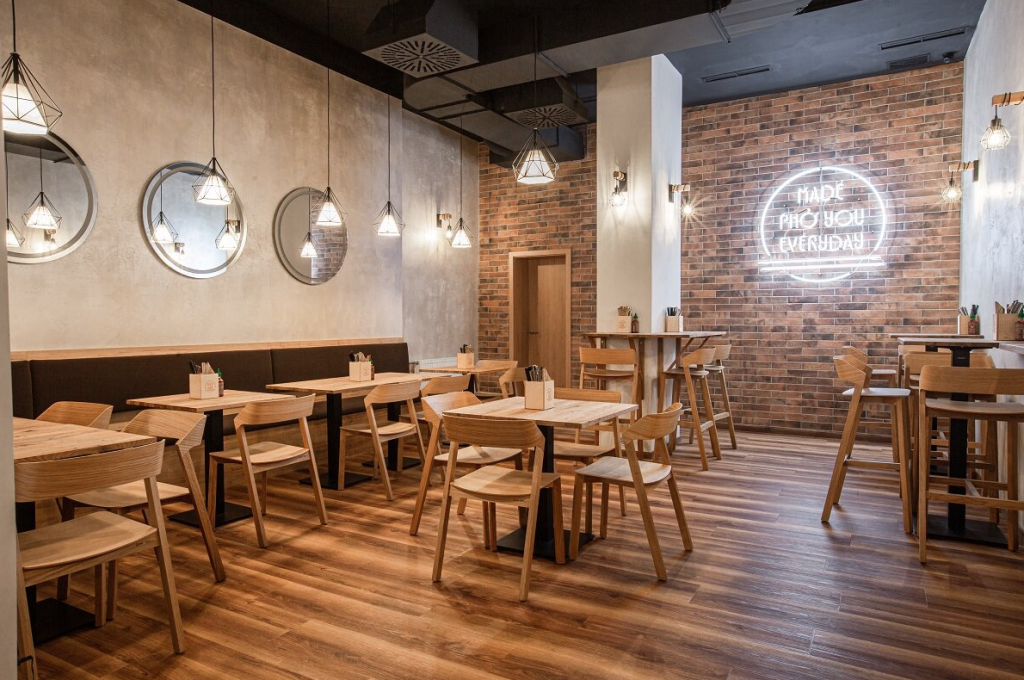
Crafting Comfortable And Stylish Spaces
Striking the Right Balance Choosing furniture that marries style with comfort is key to enhancing guest experiences. While eye-catching designs draw guests in, it’s the comfort of the seating that impacts their stay and the likelihood of returning.
Seating Comfort: A Direct Link to Customer Satisfaction Comfortable seating significantly influences customer satisfaction and loyalty. Ergonomically designed chairs and booths can make the dining experience more enjoyable, encouraging guests to linger longer and return more frequently. A focus on ergonomic furniture also shows your commitment to customer care, a detail that doesn’t go unnoticed in guest reviews and recommendations.
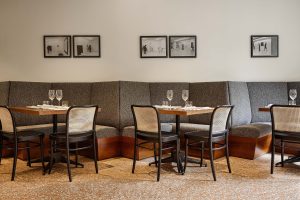
Space-Efficient Furniture: Enhancing Style and Functionality
Smart Selection for Space Optimization In the restaurant industry, optimizing space is as crucial as maintaining style. Choose furniture that not only complements your aesthetic but also maximizes space. This includes selecting sleek, multi-functional pieces and designs that fit well in your dining area without cluttering.
Versatile Furniture for Dynamic Dining Settings Consider versatile furniture pieces that can easily adapt to different dining configurations. For instance, modular furniture or stackable chairs can be reconfigured for various events or dining layouts, offering flexibility while maintaining a cohesive look.
Embracing the Outdoors: Weather-Resistant Furniture Selections
Choosing Robust Outdoor Furniture For outdoor dining areas, selecting weather-resistant furniture is key. Look for materials that can withstand elements like sun exposure, rain, and temperature changes without compromising on style.
Balancing Durability with Aesthetics Consider materials like treated wood, powder-coated metal, and all-weather wicker. These materials offer durability and style, ensuring your outdoor space remains inviting and functional. Also, factor in maintenance and storage needs to keep your outdoor furniture in top condition year-round.
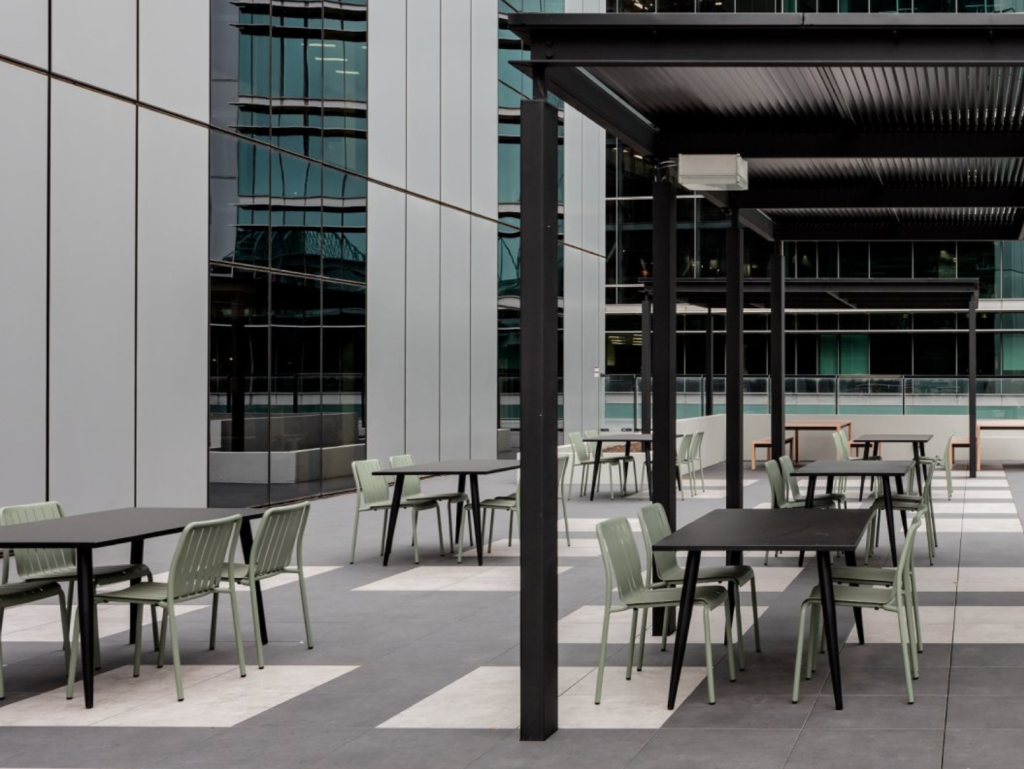
Smart Spending: Balancing Budget and Quality in Restaurant Furniture
Economical Yet Chic Choices Investing in restaurant furniture requires a balance between cost-effectiveness and quality. Opt for furniture that offers durability and style without breaking the bank. Research different suppliers to find the best deals, and don’t shy away from considering slightly higher-priced items for their long-term value.
The Investment Worth of Quality Furniture Quality furniture is not just a purchase; it’s an investment in your restaurant’s future. High-quality pieces last longer, reducing the need for frequent replacements. This long-term perspective saves money over time and maintains a consistent aesthetic appeal.
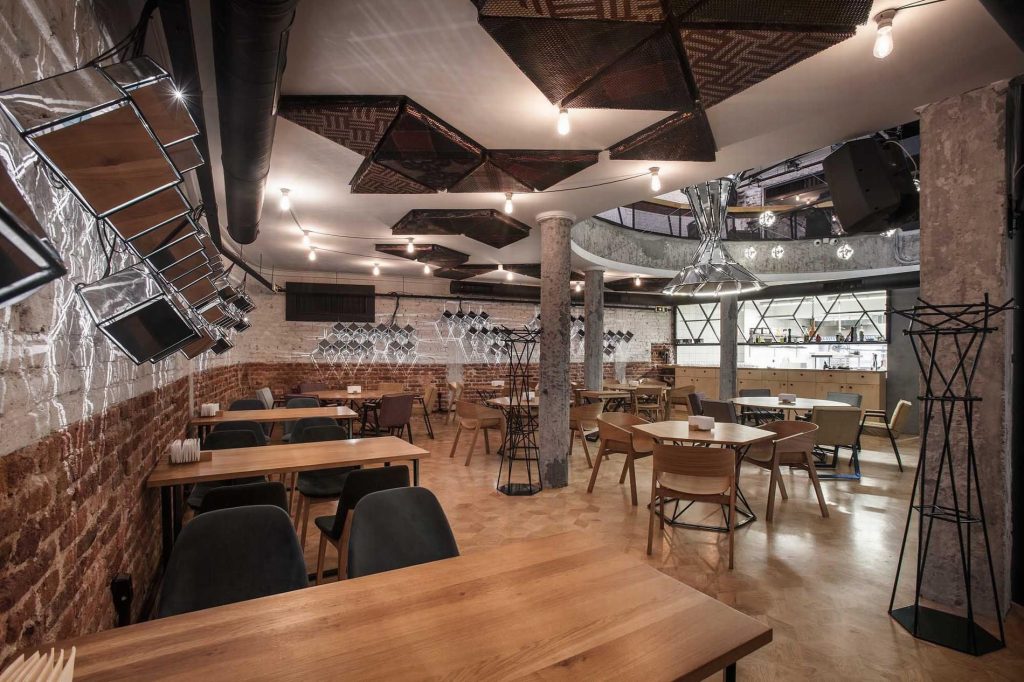
Current Waves in Restaurant Furniture Design
Trendspotting in Furniture Design Stay abreast of the latest trends in restaurant furniture design, which currently leans towards minimalism, sustainable materials, and multifunctional pieces. Keeping your restaurant’s design updated can attract a modern clientele and refresh your brand image.
Blending Trends with Timelessness Incorporate trendy elements in your furniture while maintaining a timeless base. This approach allows you to update your decor without complete overhauls, ensuring your restaurant remains stylish yet enduringly appealing.
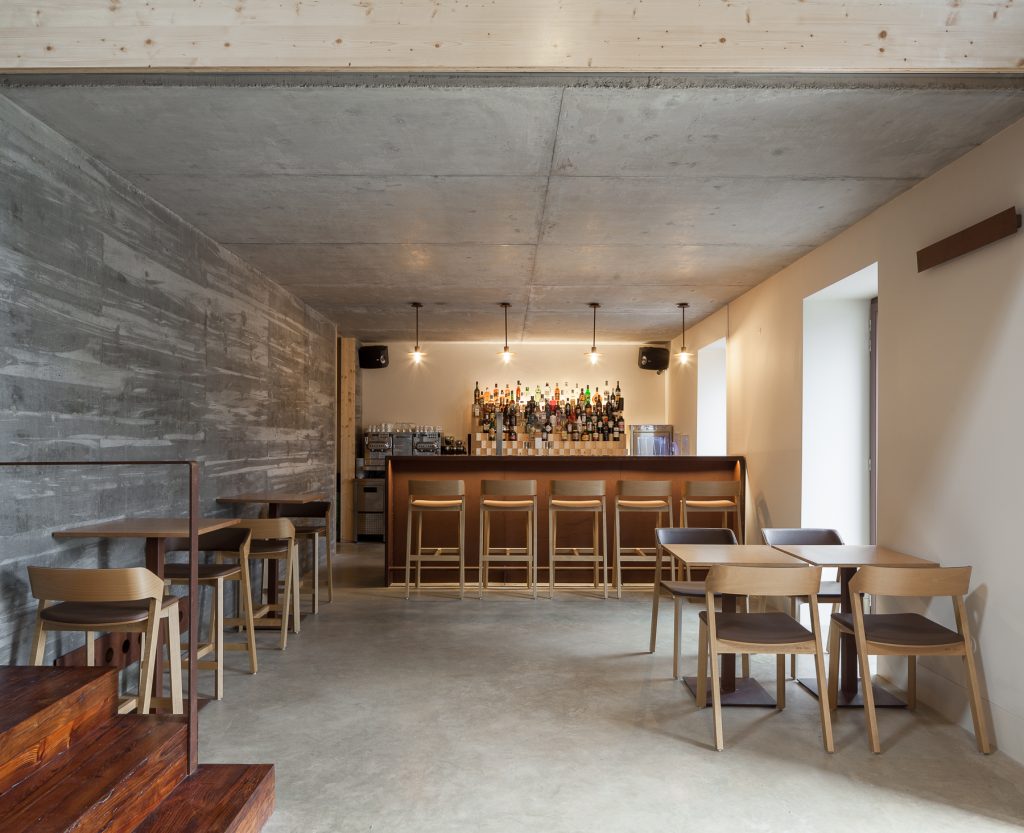
Crafting Memorable Dining Spaces with the Right Furniture
Summing Up the Furniture Selection Journey We’ve navigated through the essentials of selecting the right furniture for your restaurant, focusing on durability, style, space efficiency, and budget considerations.
A Call to Thoughtful Selection for Success In conclusion, remember that every piece of furniture you choose plays a part in defining your restaurant’s character. Carefully consider these factors to create a dining environment that resonates with your patrons and stands the test of time, paving the way for your restaurant’s success.
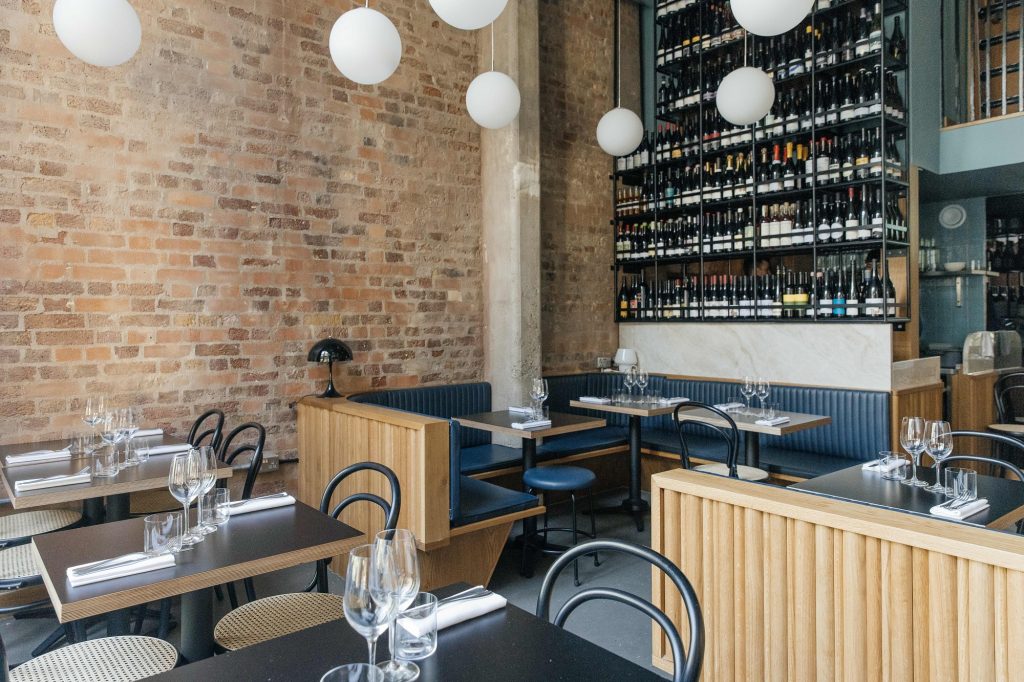
Frequently Asked Questions
Choose furniture that complements your restaurant’s decor style. For a modern look, opt for sleek, minimalist designs. For a rustic theme, consider natural wood and warm tones. Classic furniture pieces work well in elegant dining spaces.
Invest in quality pieces that offer durability and comfort. While higher upfront costs may seem daunting, they save money in the long run by reducing the need for frequent replacements.
Choose durable materials, perform regular maintenance, and consider protective treatments. For outdoor furniture, select weather-resistant materials and store them properly during adverse weather conditions.
Versatile furniture, such as modular pieces and stackable chairs, offers flexibility in seating arrangements and can be easily reconfigured for different events or dining layouts.
Colour impacts design for commercial furniture projects by affecting the overall aesthetic, functionality, and emotional response of the space. In commercial settings, colours can influence customer behavior, enhance brand recognition, and improve employee well-being. Thoughtful colour choices can transform a commercial space into an inviting and productive environment.
